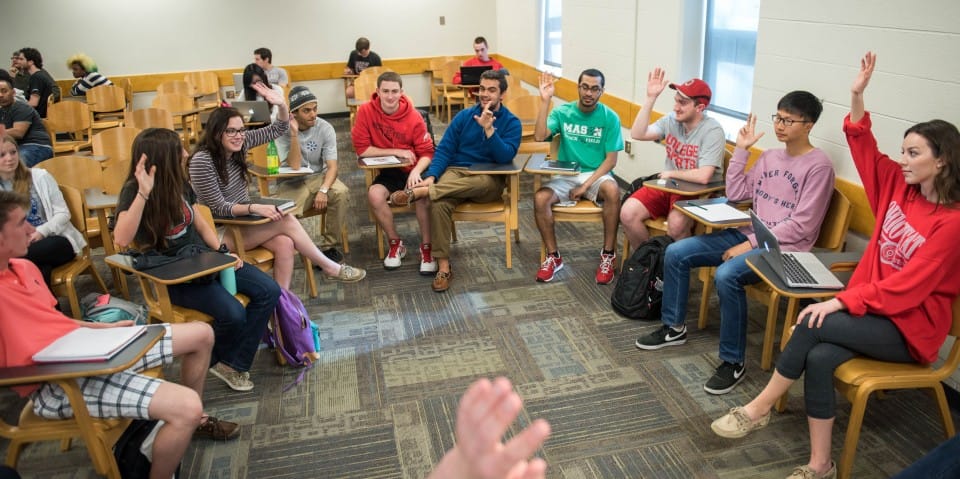How do we create spaces where people feel good about engaging with one another?

This newsletter is about learning, teaching, and sharing in the digital world. So, it might seem surprising to see two posts in a row on civic engagement. But, I believe the modern, digital world has many tools to bring us together, and just as many tools to push us apart. We need to learn how to create environments, digital and otherwise, where people feel good engaging with each other about difficult topics. Thus, another post about civic education!
Graf et al. (2024) have found classrooms that create an open climate (i.e., teachers who actively supported students' expression of their views and autonomy) and help students feel safe to express their political views and respectfully listen to others' views also tend to have students who experience more positive emotions (e.g., enjoyment) and fewer negative emotions (e.g., anxiety and boredom). And positive emotions predicted more political knowledge, whereas negative emotions predicted less. Finally, emotions that compelled people to action (i.e., what emotion researchers call "activating" emotions) were associated with more intention to become politically engaged. Interestingly, these activating emotions could be positive (e.g., enjoyment) or negative (e.g., shame). This supports other research showing that learning and engagement depend as much upon emotions as they do thinking.
There has been a lot of concern about how we can create spaces where people can safely, respectfully, and productively discuss difficult political issues. This research suggests we can create positive classroom climates (check out more on classroom climates here), and in turn they support productive emotions that lead to more knowledge and political participation. Let's use this research to be intentional about where and how we ask students to tackle tough, but much-needed, discussions.